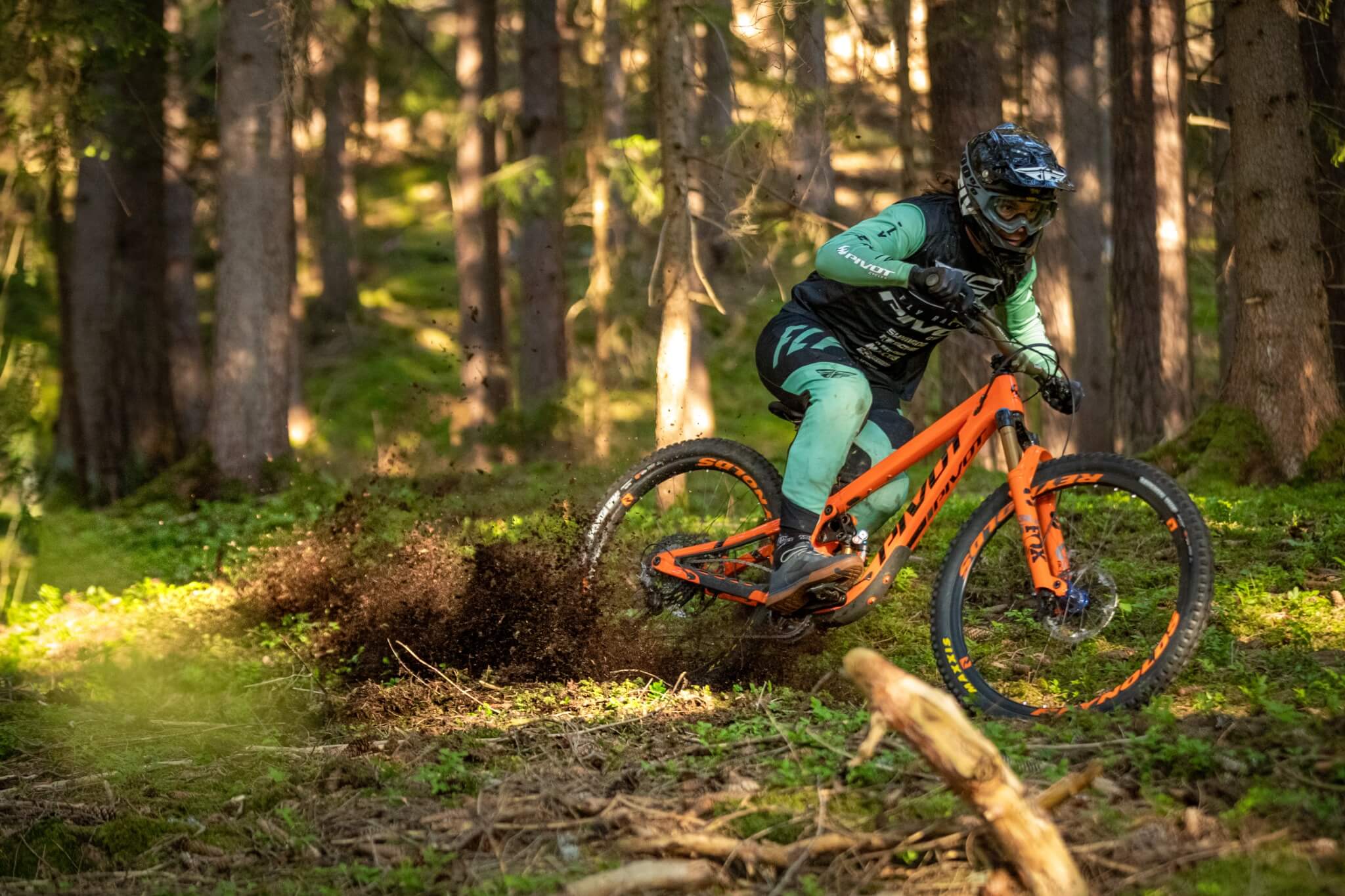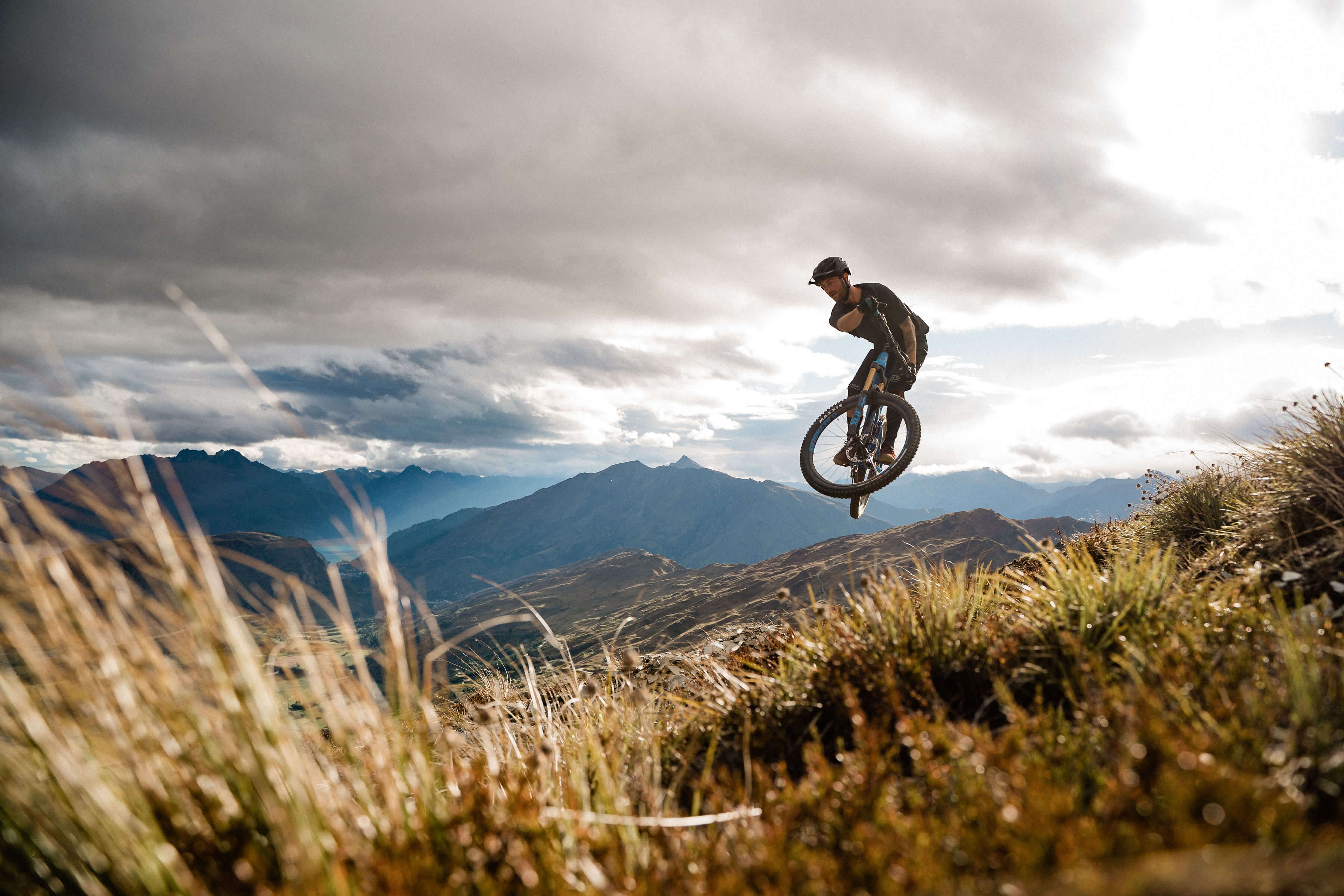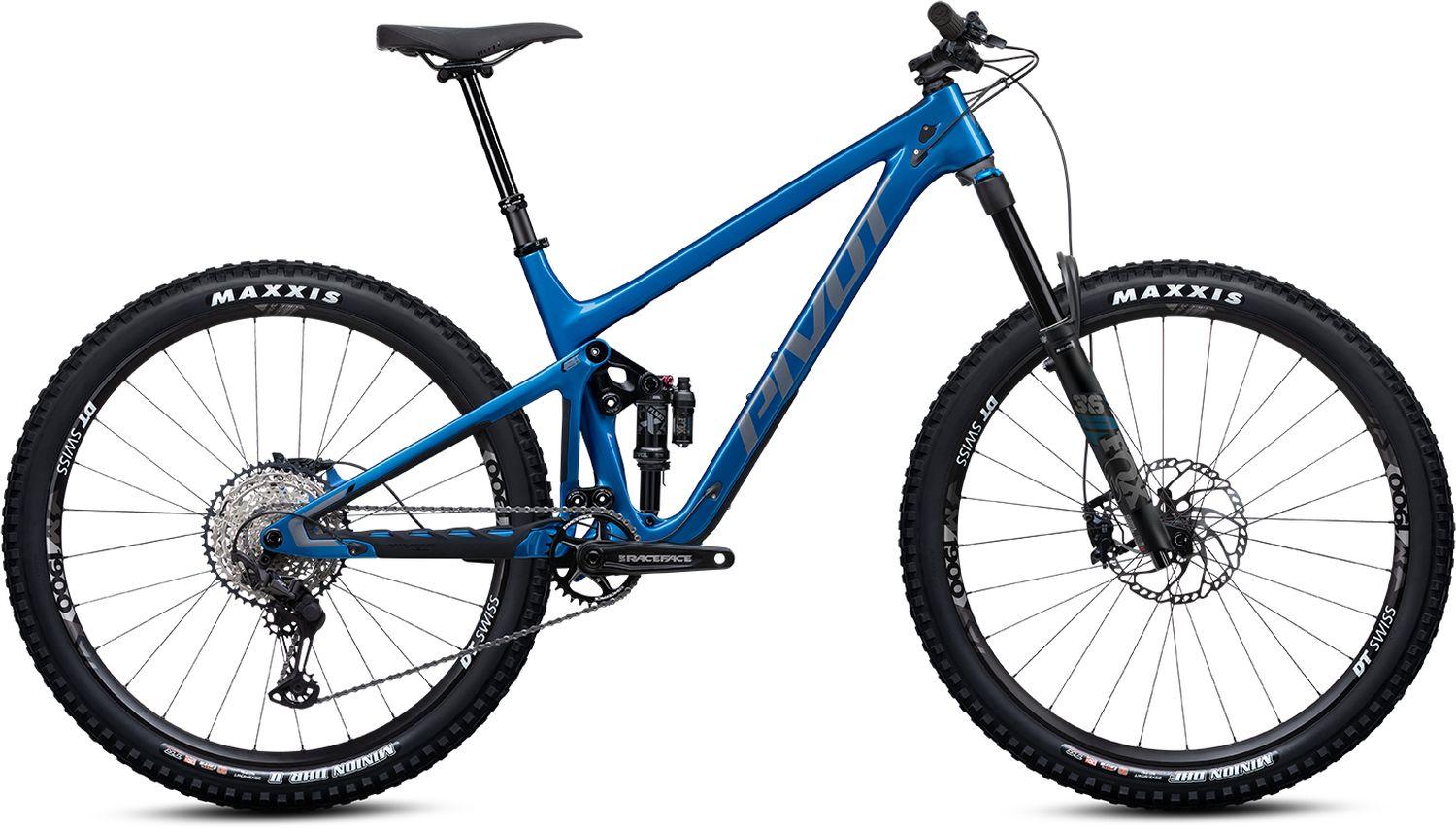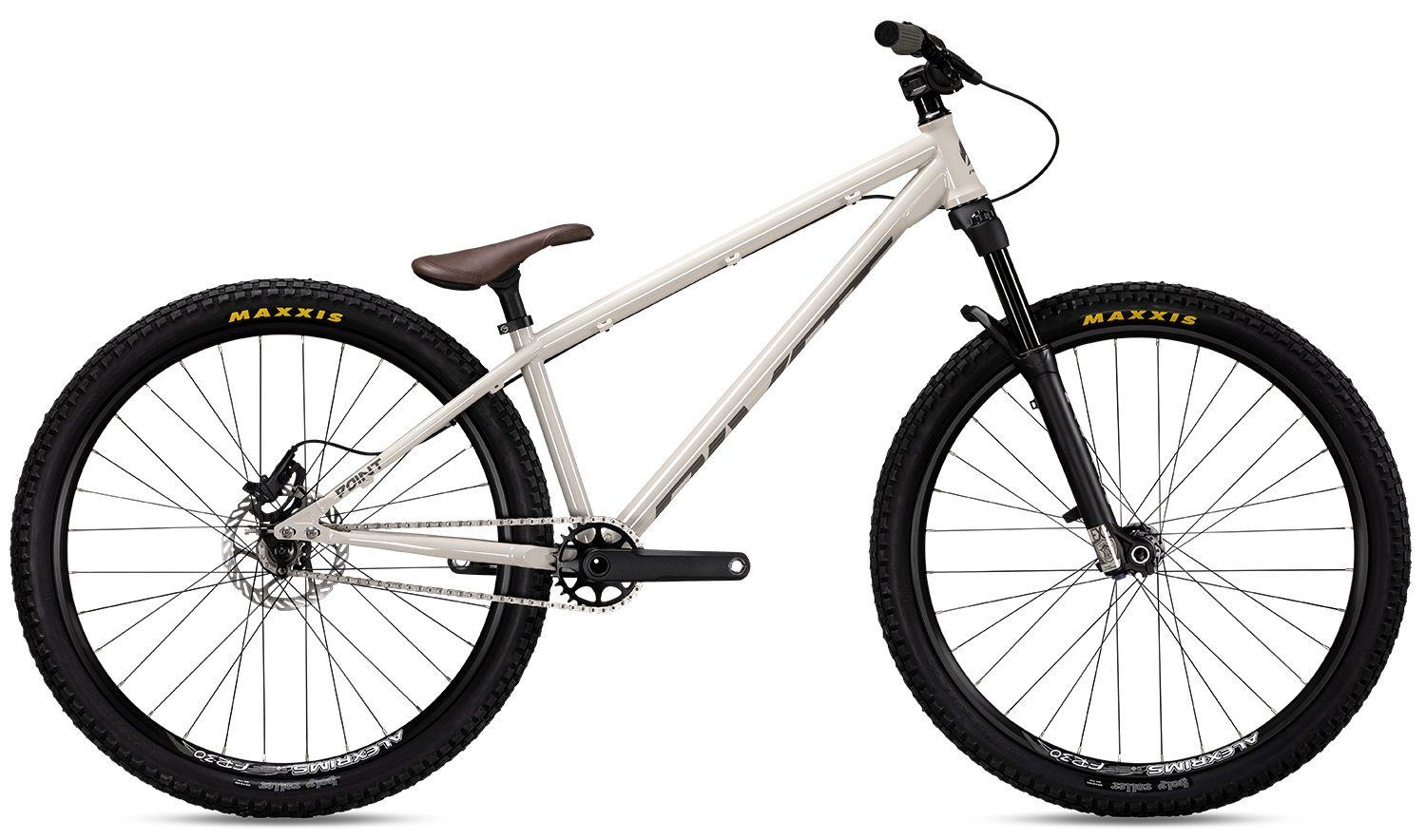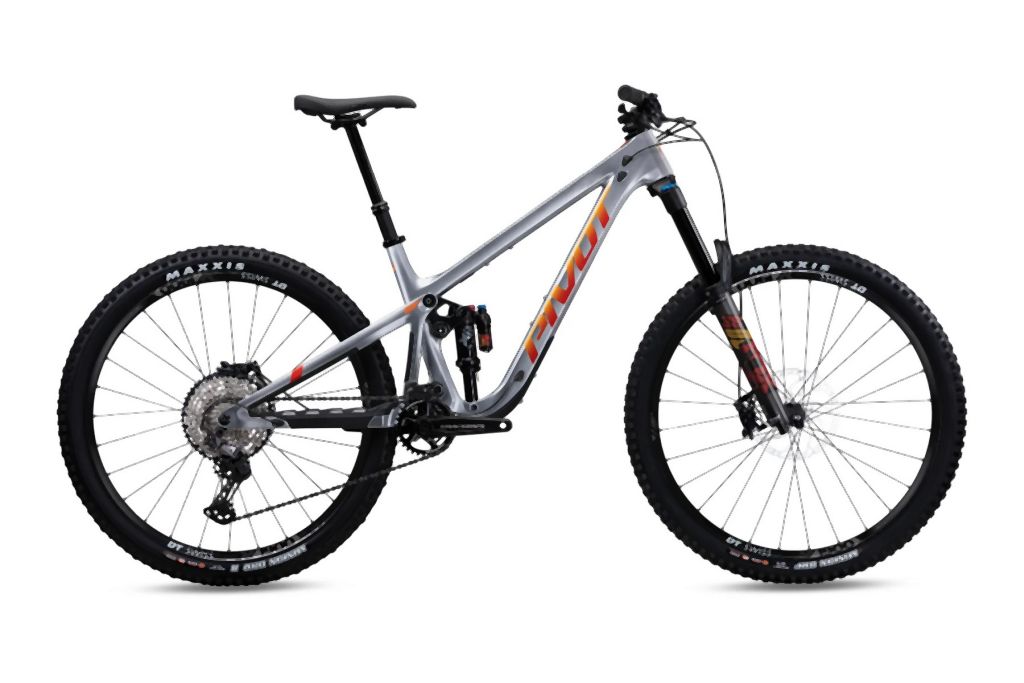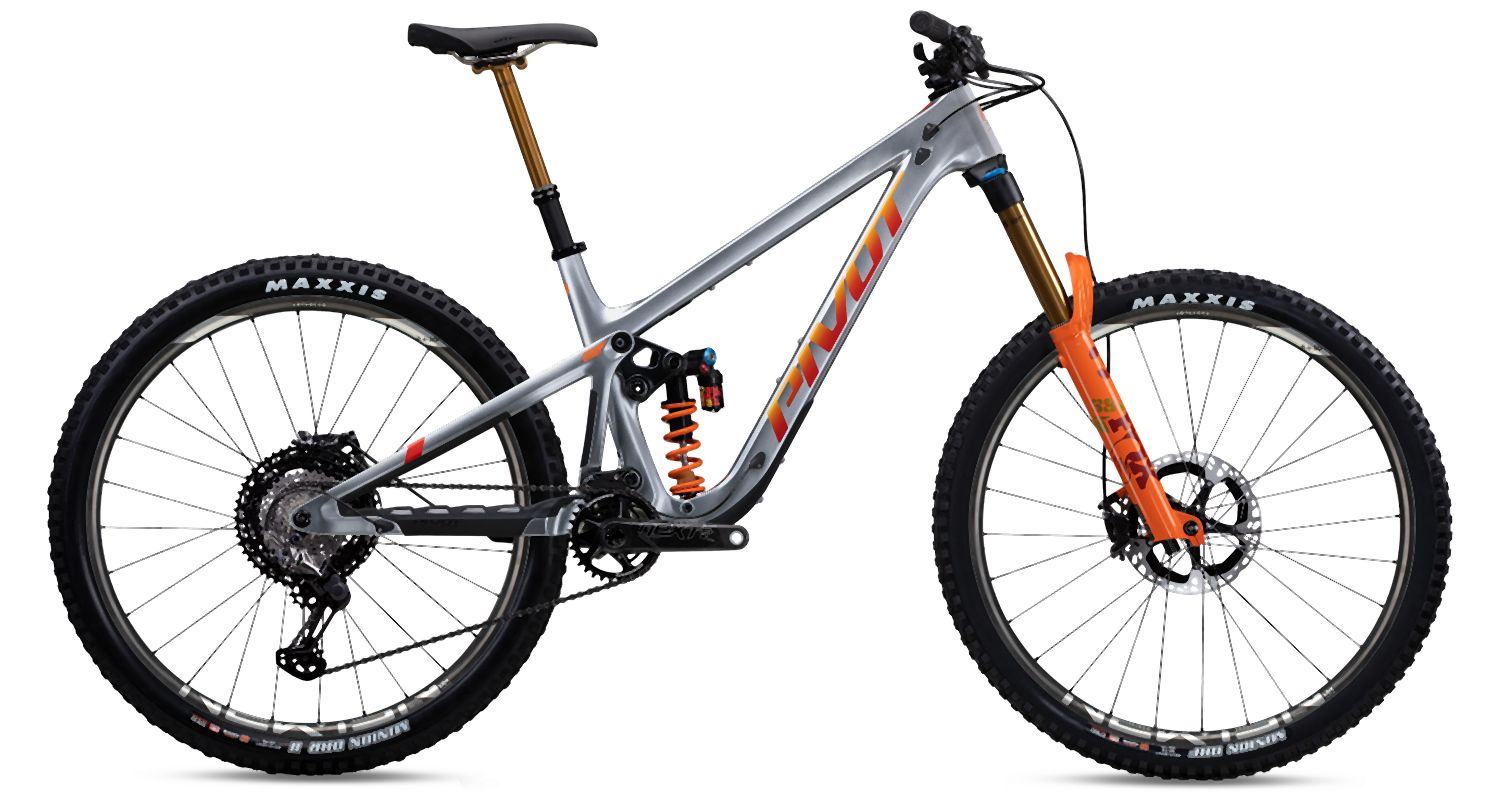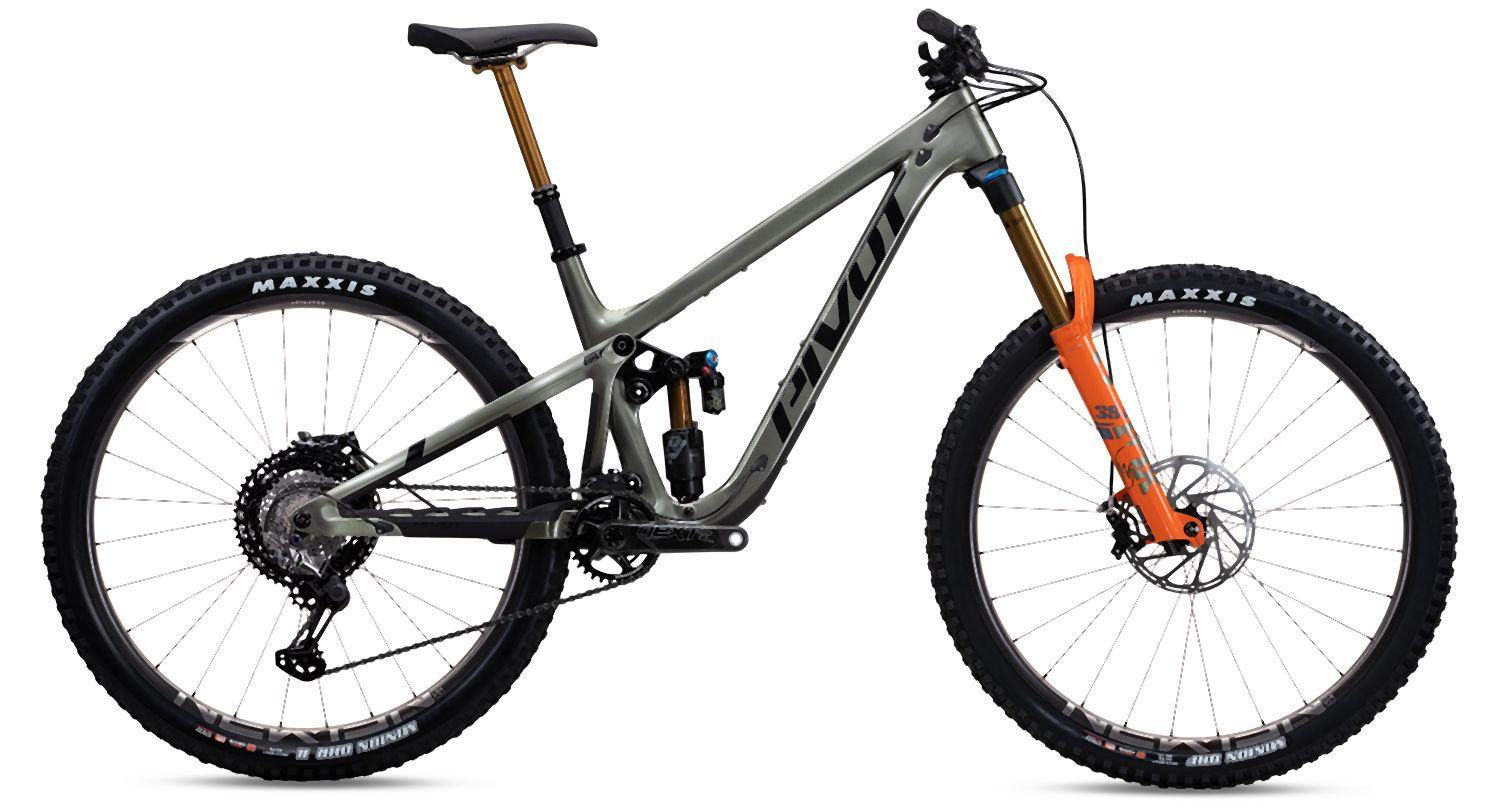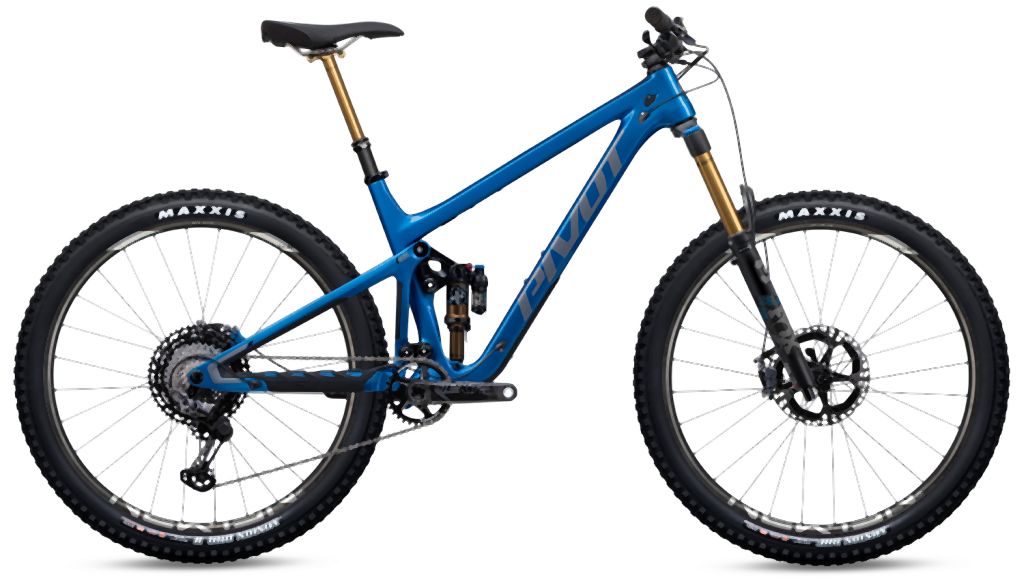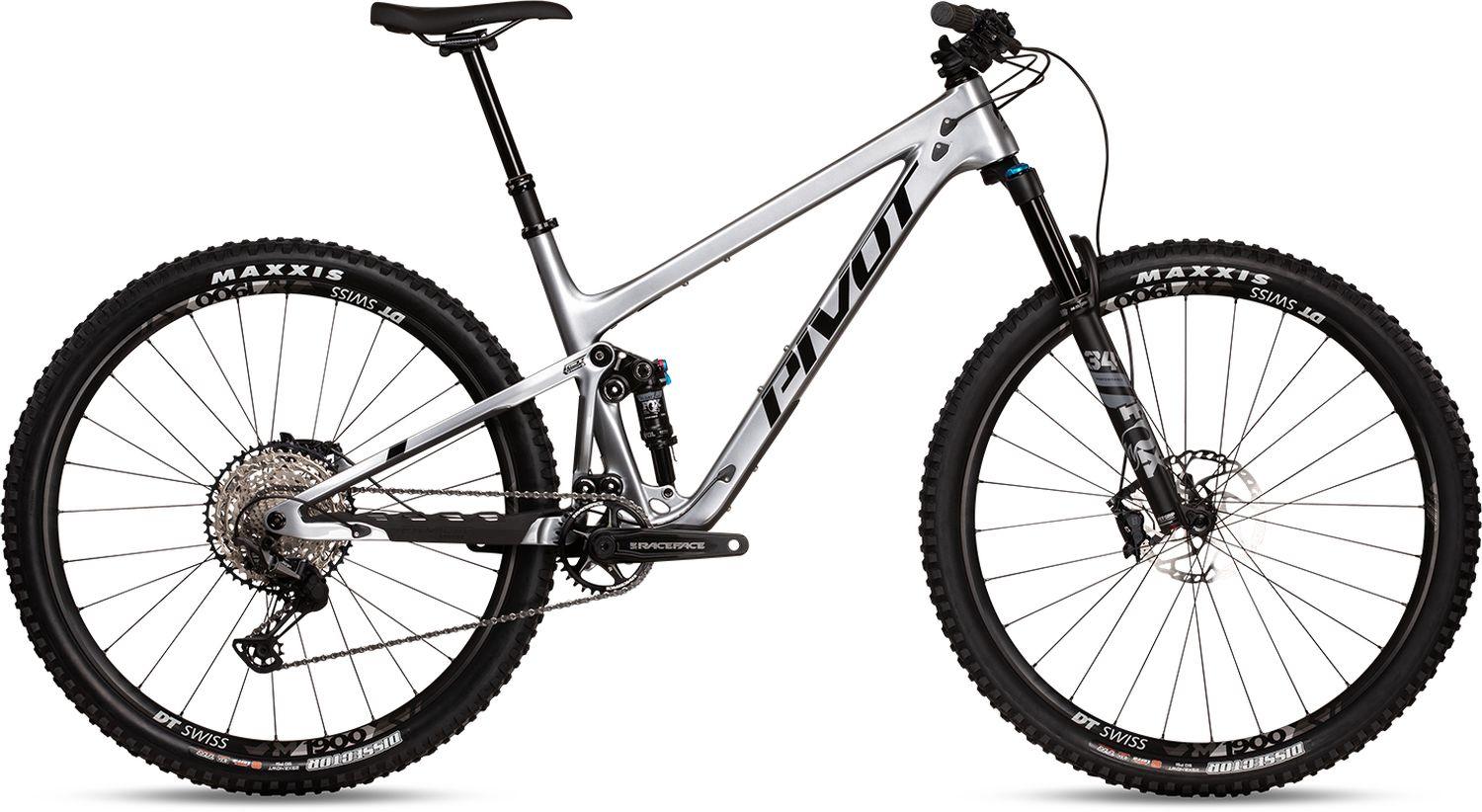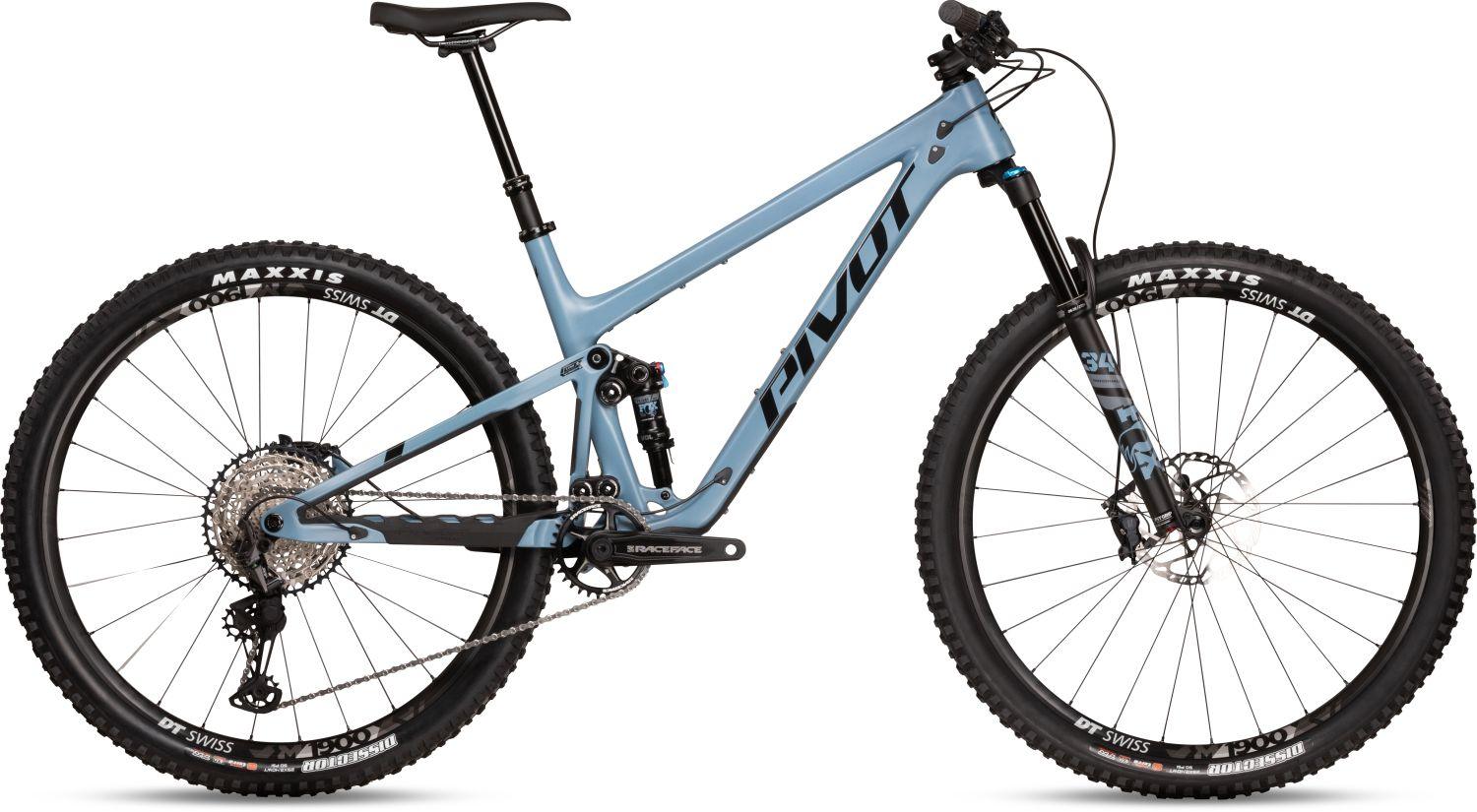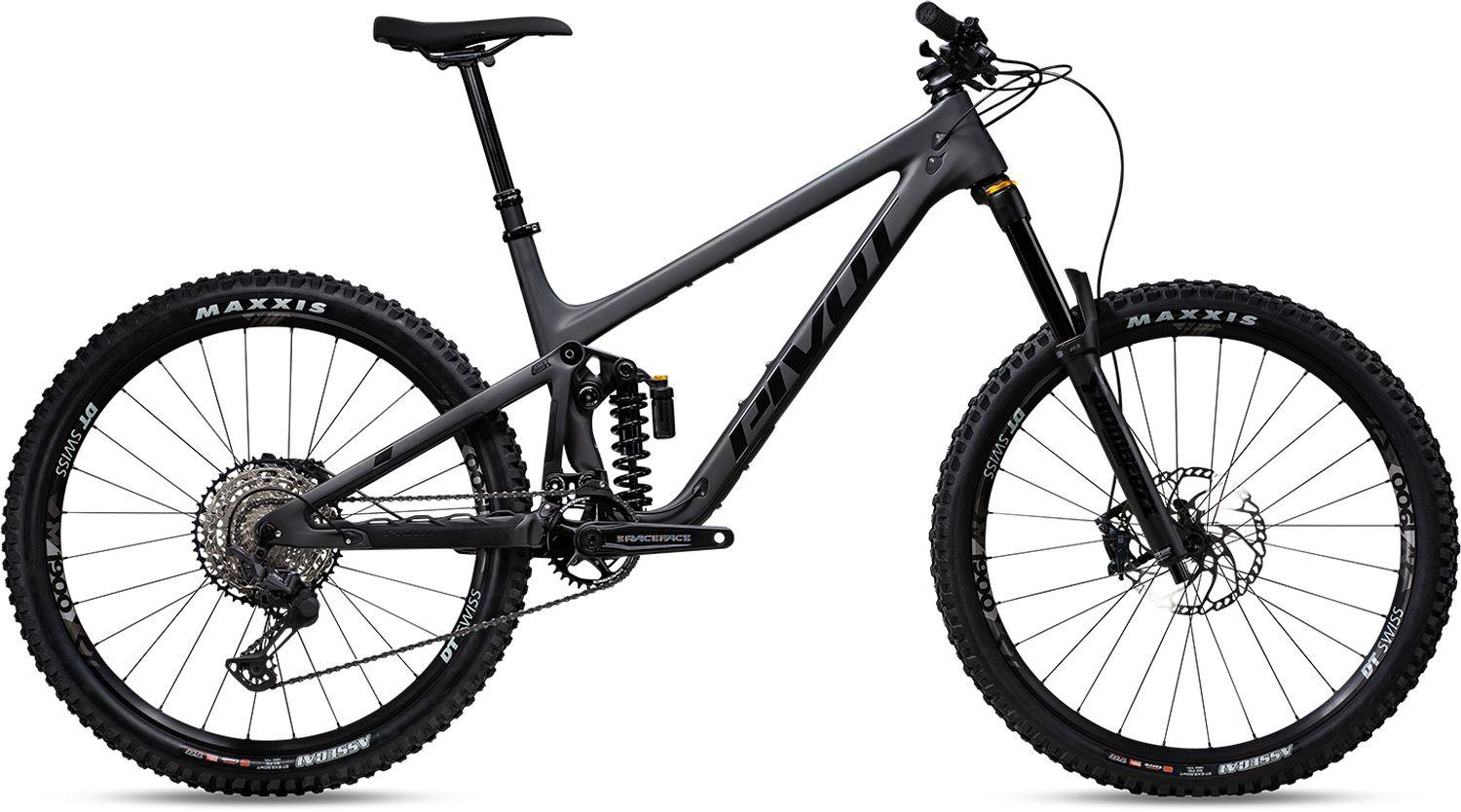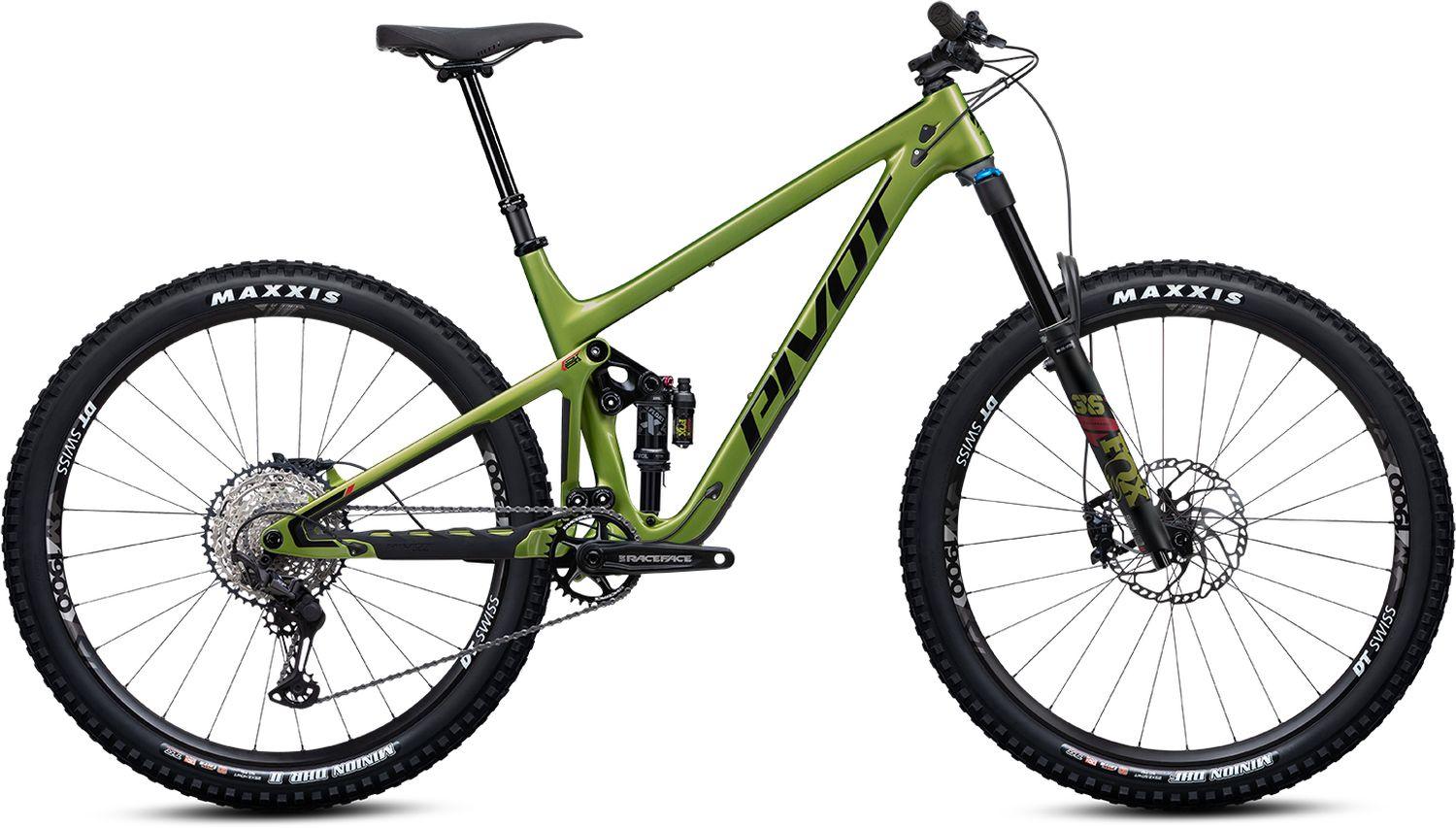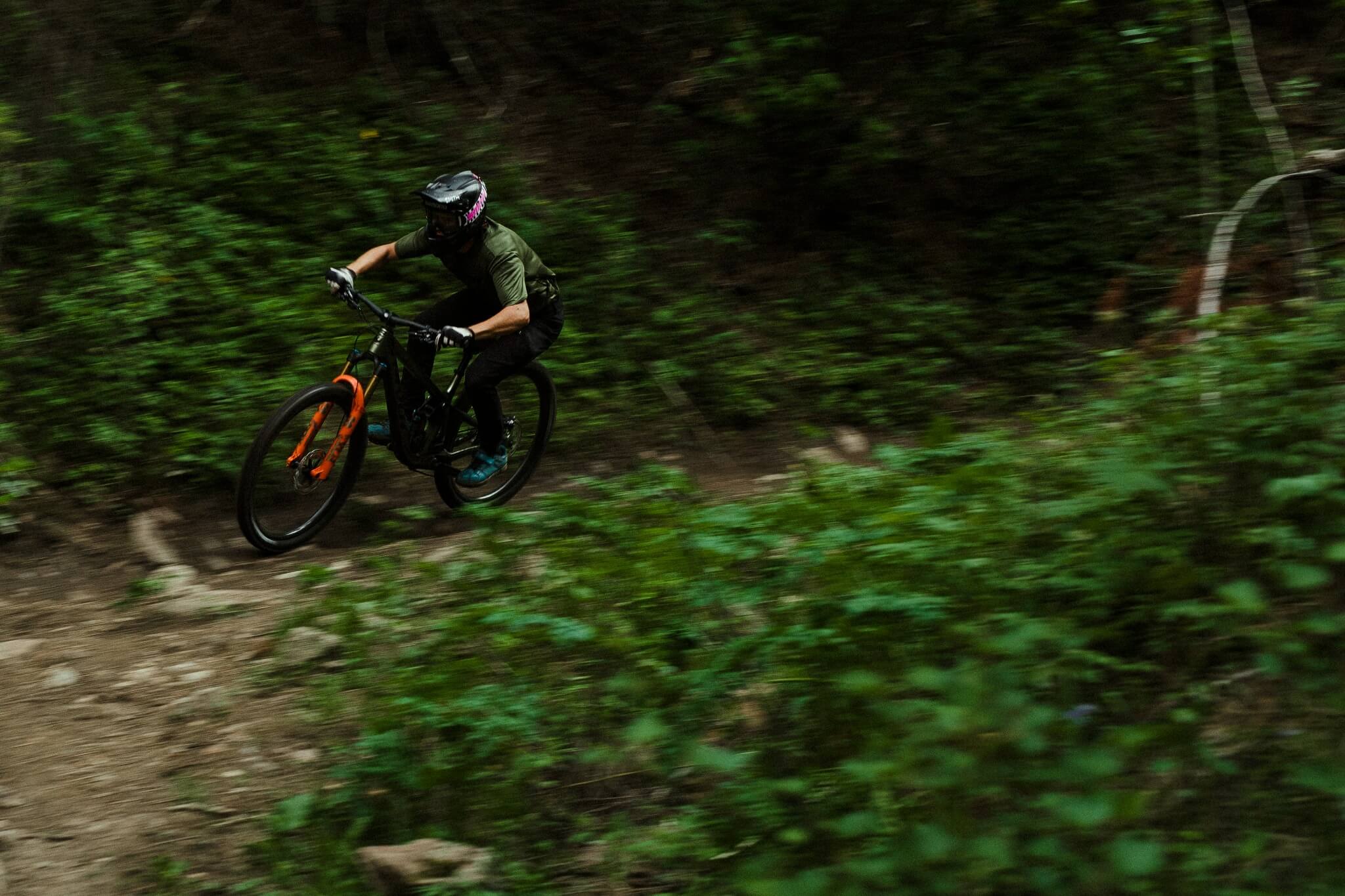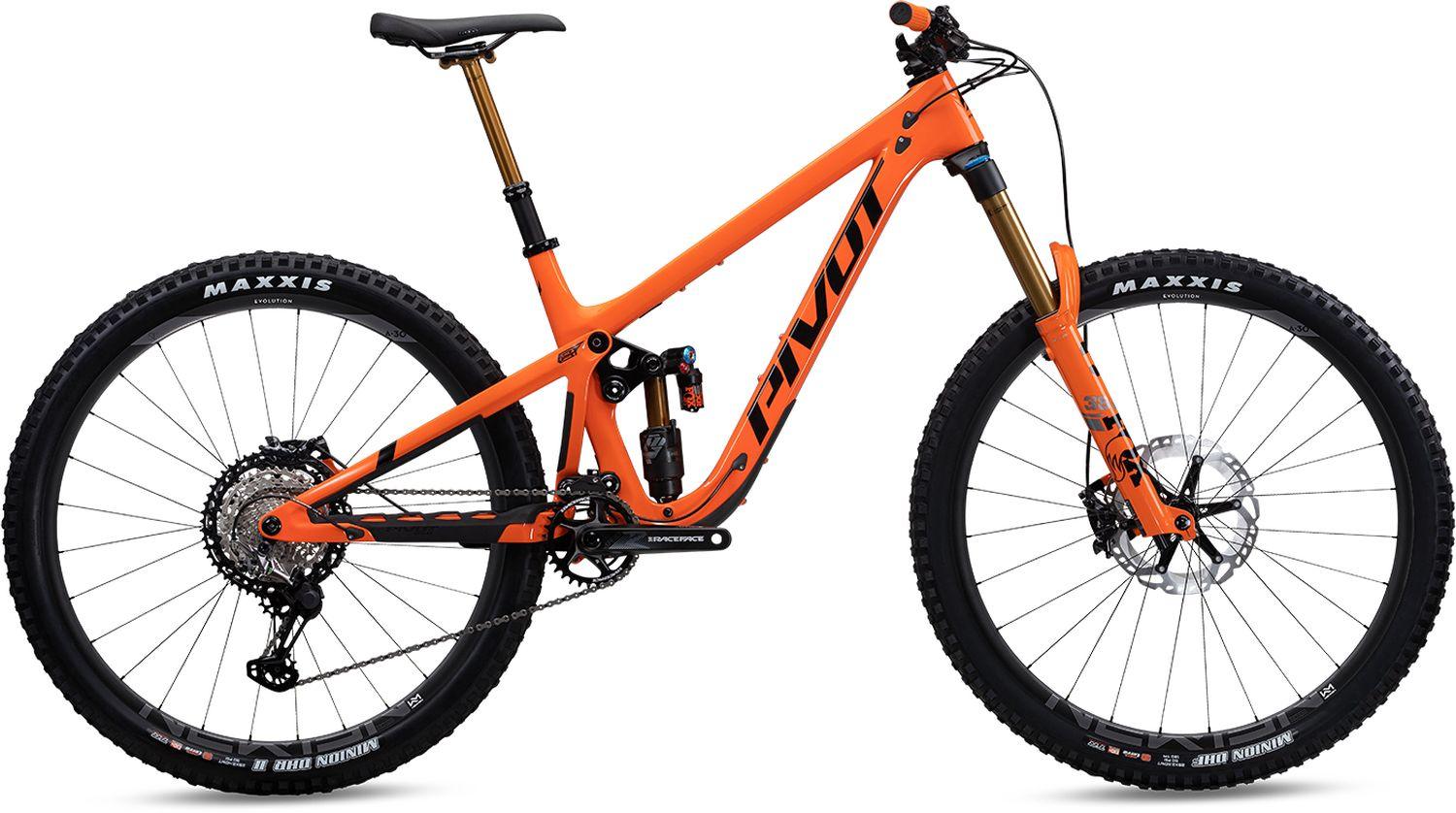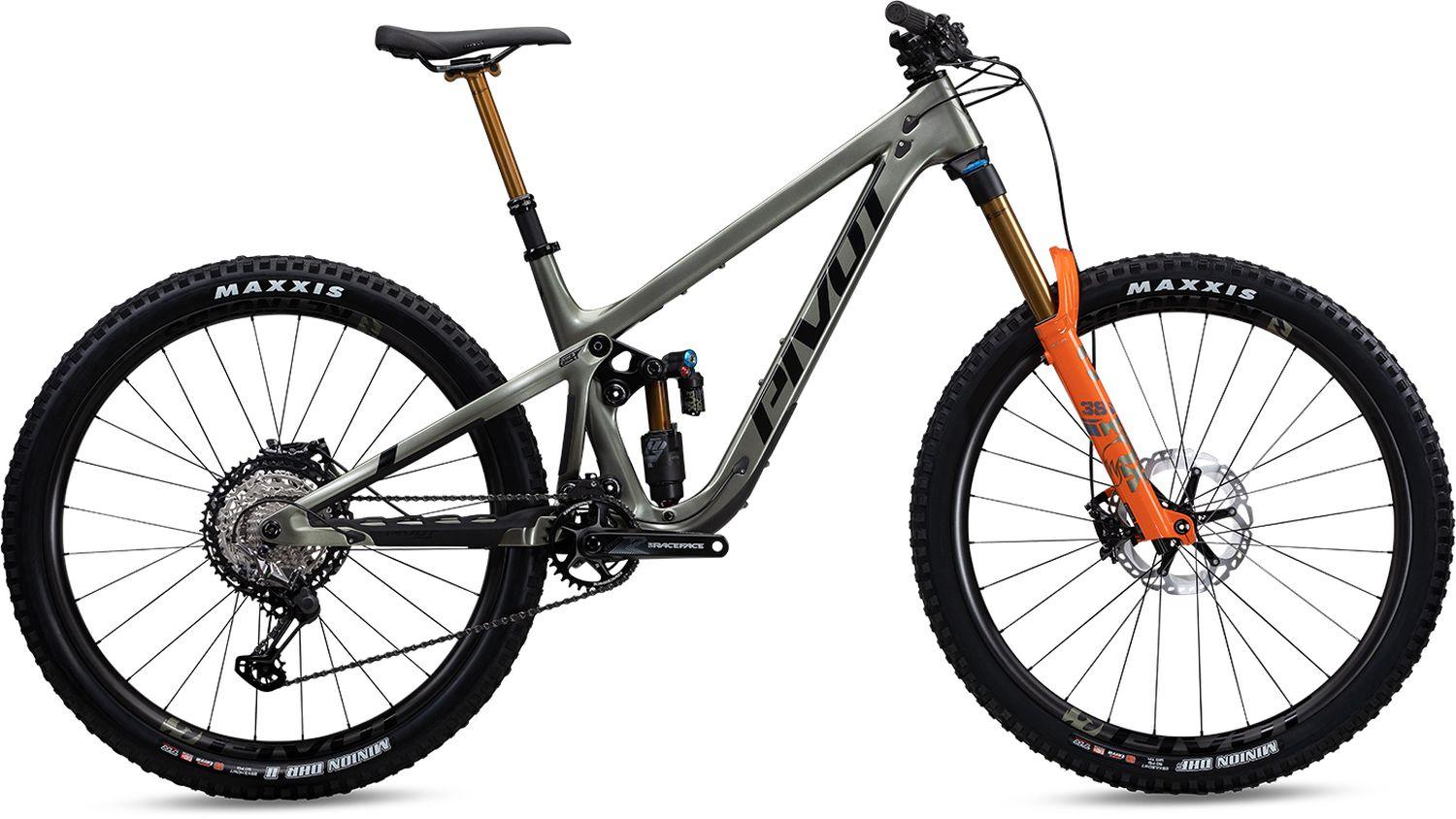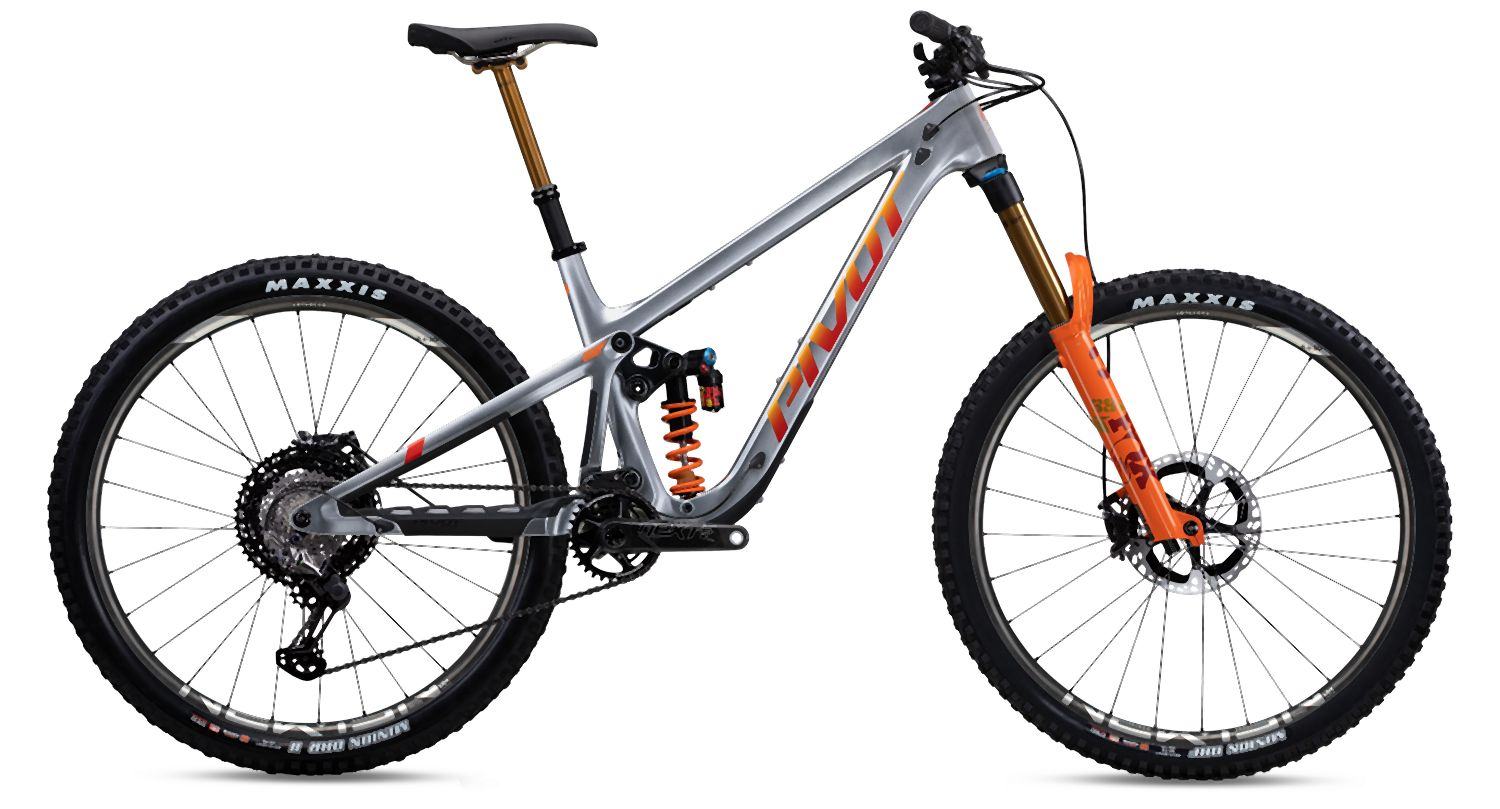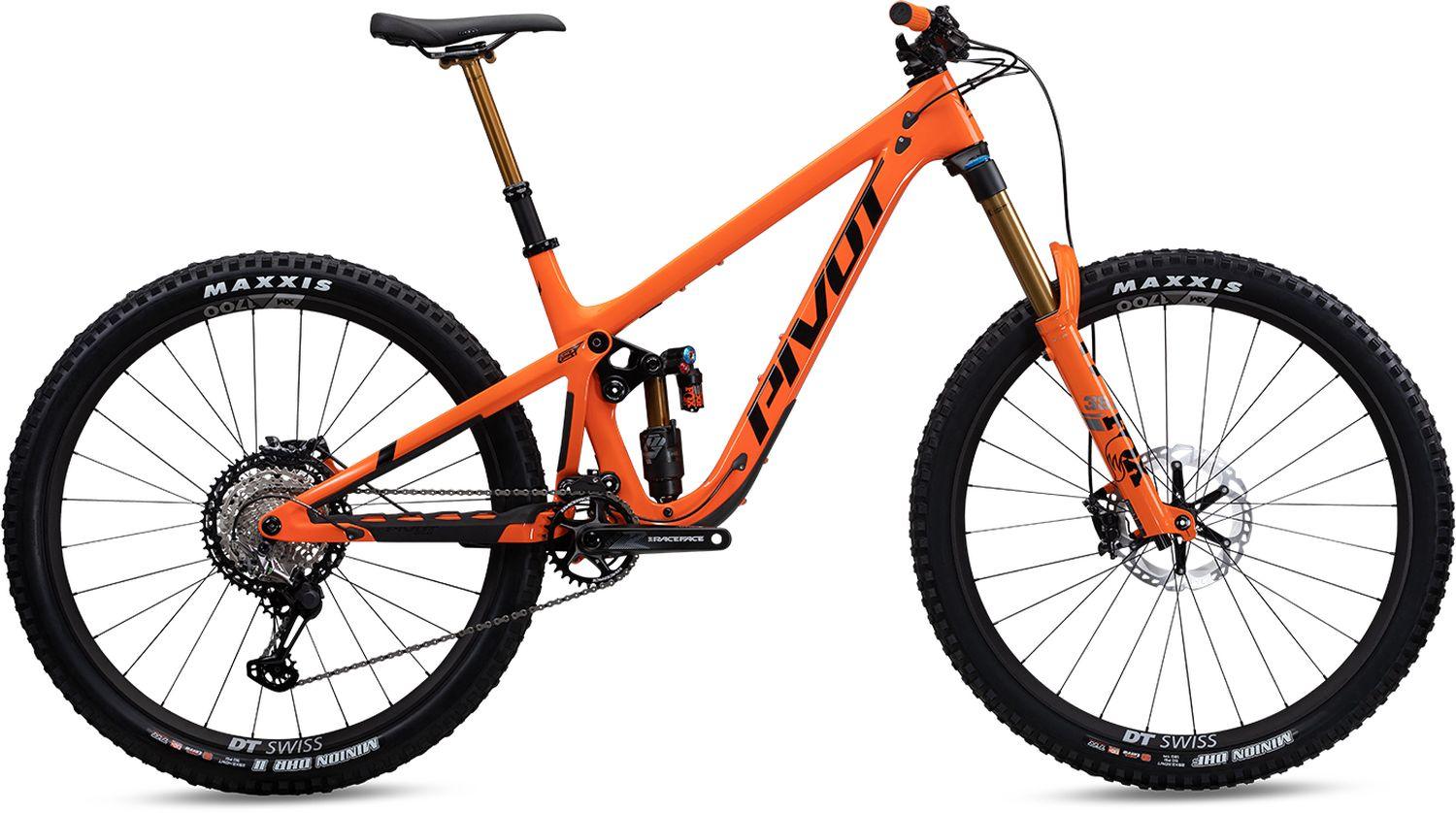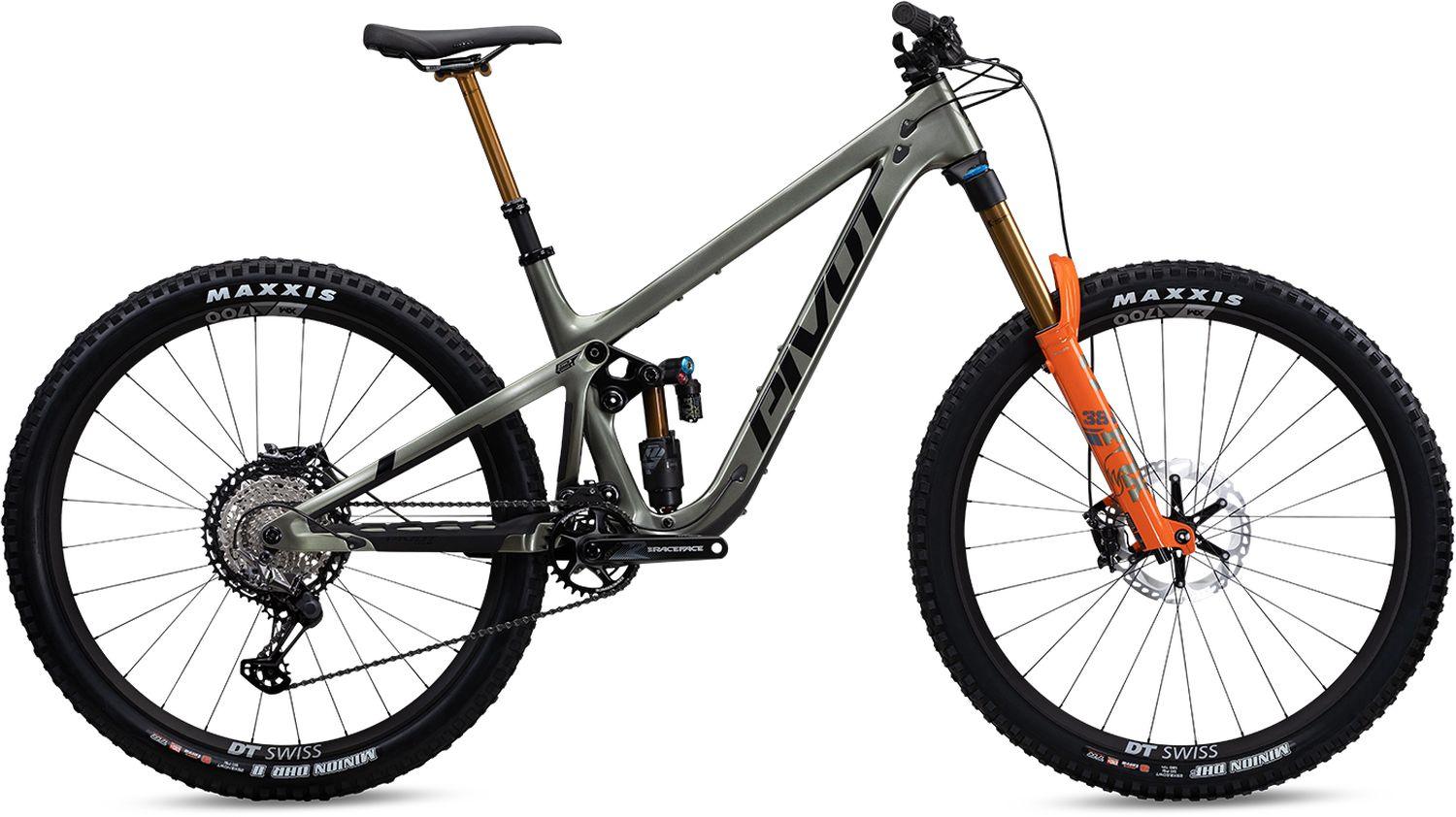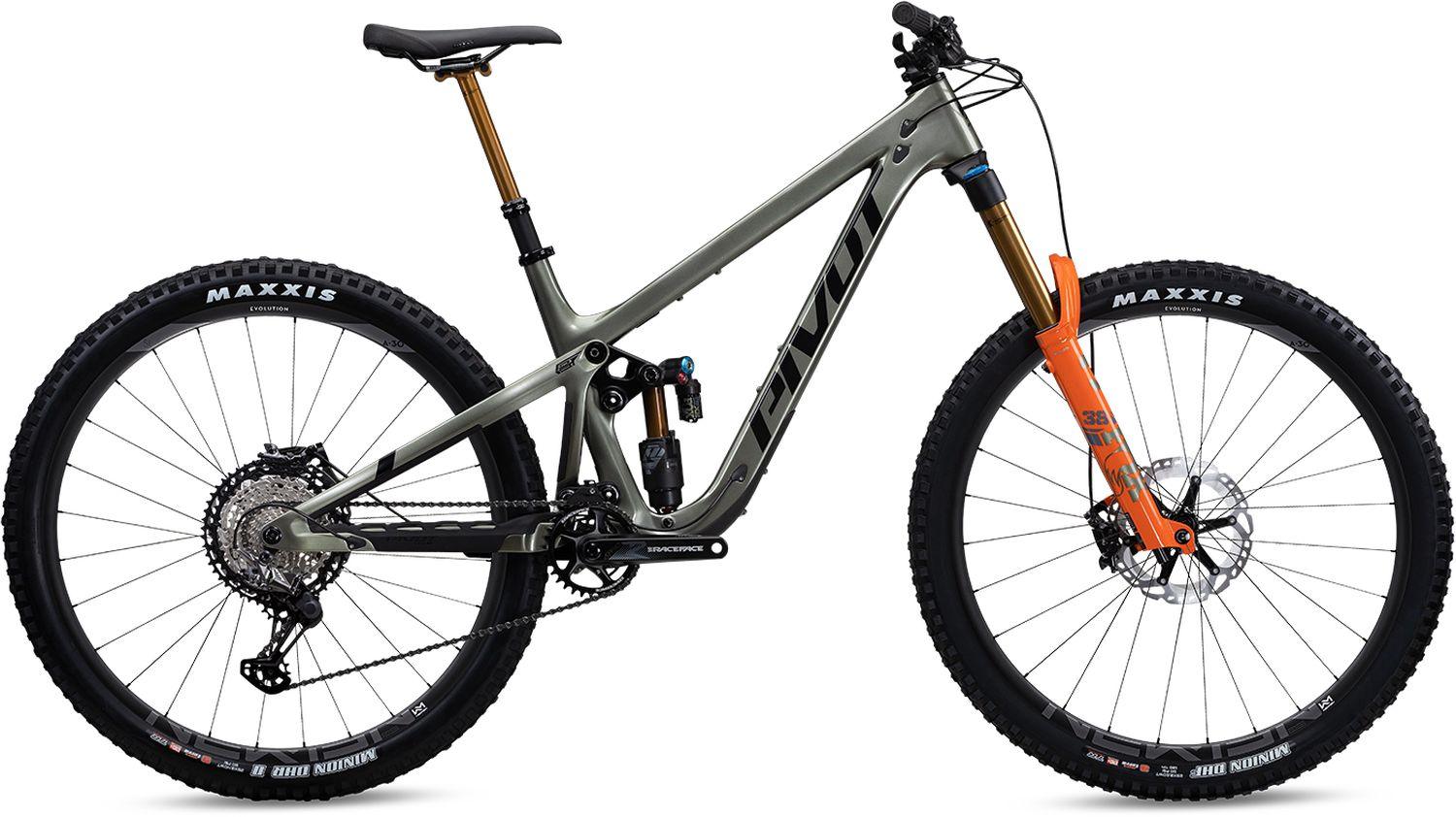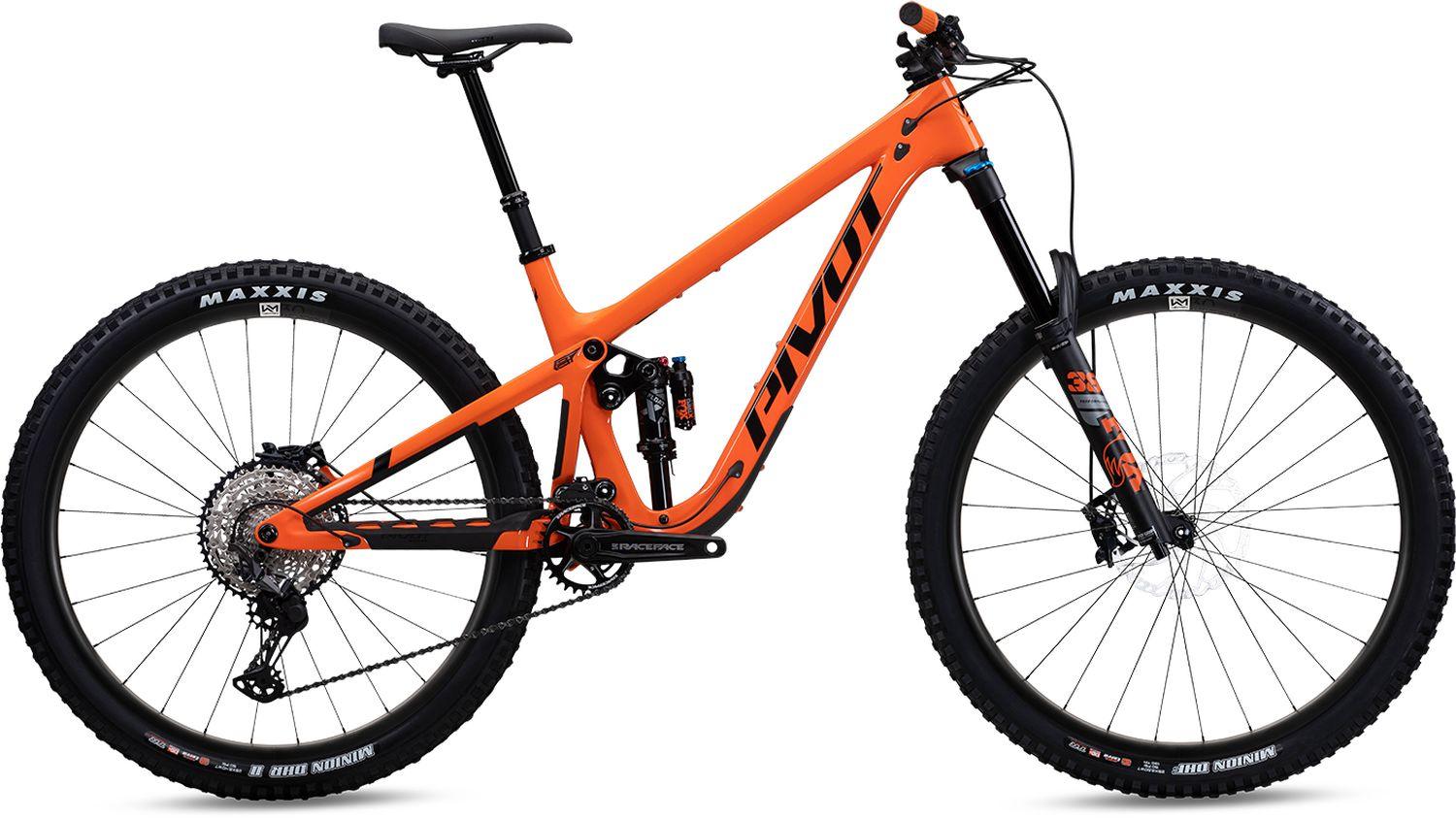The US brand Pivot is known for its innovative bikes and the production of carbon frames. They are pioneers in the production of full-suspension mountain bikes, as founder Chris Cocalis was one of the pioneers who relied on mountain bikes early on. Since then, Pivot has been constantly trying to improve their bikes in their in-house research and development department and make them more fun for the rider.
Alle Pivot Mtbs
Alle Pivot Firebird
Pivot Cycles vorgestellt
Von den Anfängen bis zur Spitze der Bikebranche: Seit der Gründung im Jahr 2007 durch Chris Cocalis in Phoenix, Arizona, hat sich Pivot Cycles zu einer der führenden Marken im Fahrradsektor entwickelt. Cocalis, der seine Karriere im Fahrradgeschäft bereits in den frühen 1980er Jahren begann, hat mit seinem Team von Anfang an auf Innovation und Qualität gesetzt. Nach dem Verkauf seiner Anteile an Titus Cycles im Jahr 2006, eine Marke, die er selbst aufgebaut und in der Branche etabliert hatte, startete er mit Pivot Cycles ein neues Kapitel.
Technologische Innovationen und das Team hinter Pivot
Einflussreiche Entwicklungen und Schlüsselpersonen: Die Gründung von Pivot Cycles markierte den Beginn einer Ära technologischer Fortschritte in der Fahrradindustrie. Mit Kevin Tisue, Bill Kibler und dem Erfinder des DW-Link Hinterbaus, Dave Weagle, brachte Pivot Cycles ein Team zusammen, das für seine revolutionären Ideen und Designs bekannt ist. Die Entscheidung für das DW Link System anstatt des traditionellen Horst Link Systems spiegelt den Wunsch des Unternehmens wider, die Fahrradleistung durch innovative Lösungen zu verbessern.
Die Besonderheit von Pivot Cycles Bikes
Was macht Pivot Cycles so besonders? Durch die Nutzung des DW Link Systems erreicht Pivot Cycles eine herausragende Performance bei seinen vollgefederten Bikes. Diese Technologie bietet im Vergleich zu anderen Systemen eine bessere Traktion, weniger Pedalrückschlag und eine höhere Rahmensteifigkeit. Diese technischen Vorteile, kombiniert mit einem hohen Maß an Perfektionismus in der Entwicklung und Produktion, machen jedes Pivot Bike zu einem einzigartigen Meisterwerk.
Wettbewerbserfolge und Community
Pivot Cycles im Renneinsatz: Die Qualität und Leistung der Pivot Bikes wird nicht nur durch das Feedback der Community, sondern auch durch die Erfolge im professionellen Rennsport bestätigt. Fahrer wie Bernard Kerr und Ed Masters tragen die Marke auf die Siegerpodeste weltweit und unterstreichen damit die Wettbewerbsfähigkeit und das hohe Ansehen von Pivot Cycles in der Bikebranche.
